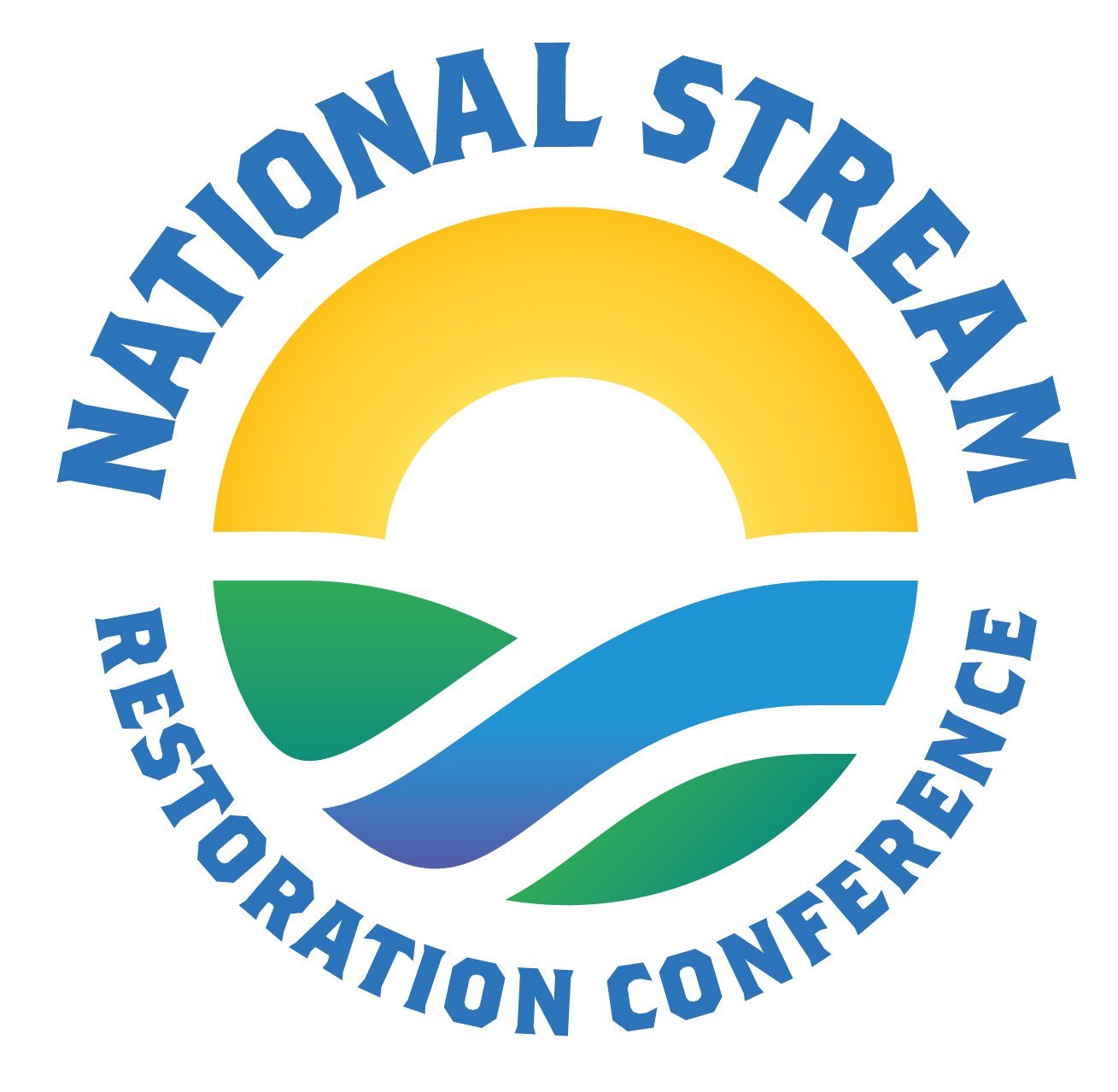Restoring the Lifeblood: Salmon, Sovereignty, and Community Renewal in the Klamath Basin
Kenneth Brink, Vice-Chair
Karuk Tribe
Happy Camp, CA
Toz Soto
Karuk Tribe
Somes Bar, CA
The largest dam removal and river restoration project in U.S. history is more than an engineering feat. It’s a story of survival, return, and renewal.
In this session, Kenneth Brink and Toz Soto of the Karuk Tribe return to share the next chapter in the Klamath River’s restoration. Building on their powerful presentation last year, they’ll explore how dam removal is already reshaping the health, economy, and cultural identity of tribal communities throughout the watershed. At the heart of this transformation: salmon.
For the Karuk and other tribal nations along the Klamath, salmon are not just a food source. They are sacred relatives, central to ceremony, economy, and survival. With the river running free again, the return of salmon represents the return of something much deeper. This session offers a firsthand account of how restoration can heal land, water, and people, and what it means when Indigenous leadership is at the center of that healing.
About Toz Soto
Toz Soto is the Fisheries Program Manager for the Karuk Tribe where he has spent the past 22 years working in the Klamath River managing the program for the tribe. He studied fisheries at Humboldt State University. He’s lived most of his life in the Klamath Mountains and Karuk Homelands in northern California where he enjoys steelhead fishing from his drift boat, especially with his family. He appreciates the Klamath River because of its diversity, remoteness and never misses an opportunity to put on a wet suit and count Spring Run Chinook Salmon in the Salmon River. He’s spent many years working on the Klamath Dam removal process and looks forward to a day, not too far in the future, when Spring Run Chinook will occupy the upper Klamath River Basin again.
About Kenneth Brink
Most recently, I am the elected Vice-Chairman for the Karuk Tribe. I will be serving our people for a 4-year term, holding an office at our Headquarters in Happy Camp, CA. Previously I was working for the Fisheries Department of the Karuk Tribe for over 22 years. During this time I was honored to host a variety of youth, co-workers, interns, as well as training opportunities. For a period of two years I also worked for the United States Forest Services (USFS) fisheries department in Happy Camp. Throughout my career, I have developed and sustained working relationships with internal and external government officials, providing onsite training, field assessments, and field demonstrations. Bringing new and old concepts to light and training additional generations our way of life regarding fisheries is important to me. Exercising and practicing my cultural beliefs and practices has led to a lifelong goal of passing knowledge down to the future generations.


